
OR
#Opinion
The urgency of India-Bangladesh-Nepal-Bhutan-China flood management cooperation
Published On: July 8, 2022 11:16 AM NPT By: Samina Akhter
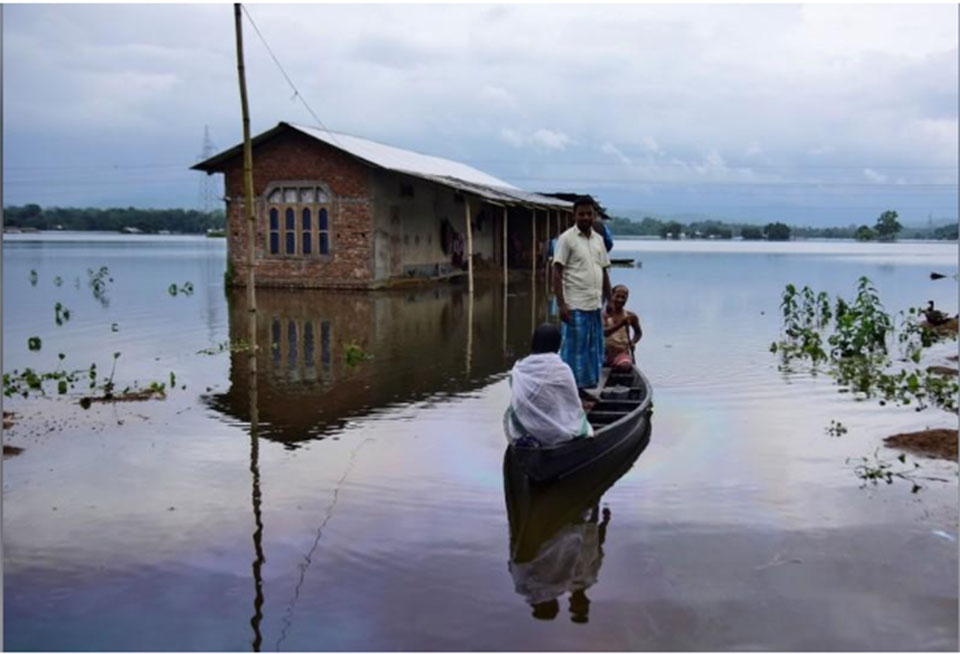
The Ganges, Brahmaputra, and Meghna (GBM) river basin, which India and Bangladesh share with Bhutan, China, and Nepal, is home to many water management issues brought on by floods, droughts, and water distribution. Whether it be erosion or flooding, there should be a shared knowledge of the issues.
It is gratifying to note that Bangladesh and India both resolved to work more closely together for further collaboration in the areas of common rivers and water resources management among other things during the seventh session of the Joint Consultative Commission meeting held in Delhi on June 14, 2022.
Since the start of the Covid-19 epidemic, there had only been one virtual JCC meeting; this was the first one to take place in person.
However, according to media reports, a number of government officials and climatologists agree that India and Bangladesh's cooperation in flood water management and forecast should be strengthened to reduce damages caused by common natural calamities occurring in the two countries. This is due to the fact that the flood situation across India-Bangladesh's northeastern part is getting worse. As Assam, Tripura, and Meghalaya are a few of the Indian states that border Bangladesh, their infrastructure development projects and weather patterns have a significant negative impact on Bangladesh's ecosystem and topography.
The first is the depositing of sediments from upper streams (Indian states Assam, Tripura, and Meghalaya) in lower stream harbors, lakes, and rivers, which is a major factor in the development of such massive floods.
54 rivers go through both India and Bangladesh which have a direct impact on the two nations' populations. In recent years, harsh weather has become more frequent in Bangladesh and India, resulting in significant damage. Environmentalists have cautioned that climate change may increase the frequency and severity of disasters, particularly in Bangladesh's low-lying and highly populated areas.
As crucial as collaborative cooperation is for the two countries' effective flood water management, it's also necessary for Indian counterparts to assess Bangladesh's shared rivers.
It is a sad fact that India has been indiscriminately draining water from transboundary rivers during dry seasons over the years, leaving several Bangladeshi rivers nearly dead and unable to handle monsoon floods (based on media reports).
Numerous local experts and media reports claim that many of Bangladesh's rivers have essentially become streams and constrained waterways, making them utterly incapable of draining out a sudden surge of incoming water when India opens its floodgates to release excessive water deposits during the monsoon.
While we do not advocate that Bangladesh's Indian neighbors suffer from heavy rains and flooding, the fact that Bangladesh is located downstream means that millions of Bangladeshis do suffer when water is released suddenly.
For instance, the Teesta River suddenly rose in volume after India opened all 54 floodgates at the Gajoldoba barrage just 12 days prior, engulfing 63 villages in five northern districts in Bangladesh and isolating roughly 100,000 people.
We think that this particular water discharge, which involves opening all floodgates simultaneously, calls for caution and also humanitarian compassion. Furthermore, the Teesta barrage inside Bangladesh was put at risk by the abrupt release of water from upstream, forcing Bangladesh's barrage authorities to activate all 44 floodgates at the barrage.
To regulate floodgates during monsoon and floods, we anticipate that both nations will work together to develop a damage control and early warning system. Making one's life simpler shouldn't come at the expense of others.
To reduce the harm brought on by the tragedies common to both nations, India and Bangladesh should work together more closely in managing and forecasting floods.
We can say that in the midst of the present disasters affecting Bangladesh's Eastern and Northern regions, where people are coping with their suffering and losses, Indian residents who live downstream adjacent to Bangladeshi territory across the border are also having similar issues.
Environmentalists fear that climate change could cause additional disasters, especially in Bangladesh, which is heavily populated. The South Asian neighbors have recently witnessed more extreme weather, resulting in significant damage.
India has offered Bangladesh help in managing floods as both nations' northeastern regions are being devastated by floods. “We also experienced flooding in the northeast. We're now sharing long-term flood control data,” the Indian external affairs minister said, noting that the two neighbors shared 54 rivers. It is a piece of good news for Bangladesh and India both. Cooperation in this regard is required for serving the common interests.
With India and Bangladesh bearing the brunt of floods every year as a result of their location in the world's second-largest river basin, experts in both countries are emphasizing the importance of taking an "integrated approach" and "regional cooperation" to reduce the enormous economic and human costs.
The Ganges, Brahmaputra, and Meghna (GBM) river basin, which India and Bangladesh share with Bhutan, China, and Nepal, is home to many water management issues brought on by floods, droughts, and water distribution. Whether it be erosion or flooding, there should be a shared knowledge of the issues. Scientists from both nations, as well as perhaps China as it is also a part of the Ganga-Brahmaputra, should work together to find answers to the issues.
Thus, China must cooperate with India, Bangladesh, Bhutan, and Nepal also. China can't remain silent on this issue. However, the deadly flood reminds us of the urgency of India-Bangladesh-Nepal-Bhutan-China flood management cooperation.
You May Like This

FLOOD ALERT: Chure, Mahabharat range likely to experience flood and landslides
KATHMANDU, July 1: Through a notice, the Department of Hydrology and Meteorology has issued an early warning notice urging residents... Read More...
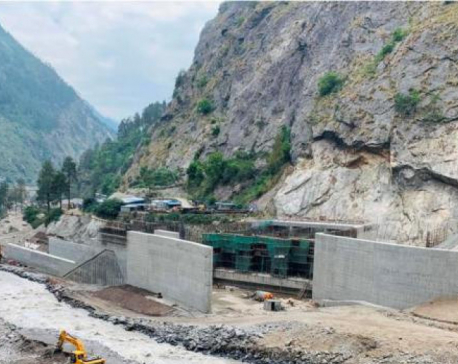
Humla deprived of electricity following damages to hydel project
KATHMANDU, Sept 26: Floods following incessant rain have damaged the Ridham Small Hydropower Project in Humla district of Nepal. The... Read More...
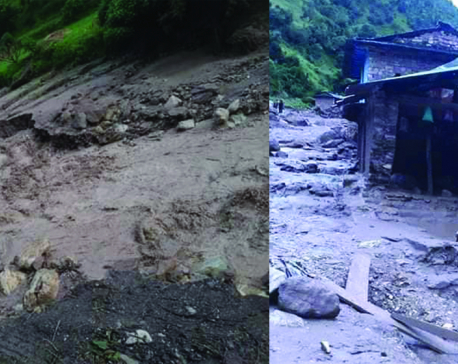
Baglung Floods: 14 dead bodies recovered, 38 still missing
Loss of properties is yet to be calculated as security personnel launch search operation to find missing persons ... Read More...



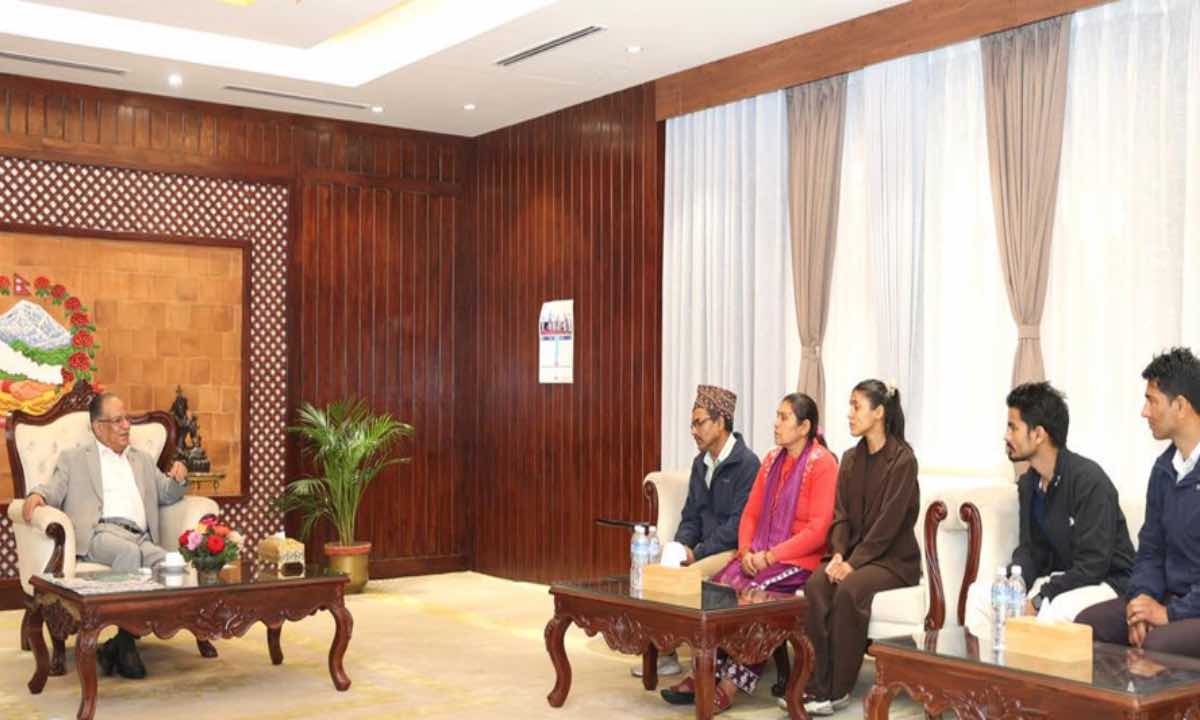
Just In
- Chemical fertilizers imported from China being transported to Kathmandu
- Man dies in motorcycle accident in Dhanusha
- Nepal face early setback as four wickets fall in powerplay against UAE
- Australian unemployment rate rises to 3.8 percent in March
- Gold price increases by Rs 700 per tola
- Fire destroys wheat crop in Kanchanpur, Kailali
- Bipin Joshi's family meets PM Dahal
- State Affairs and Good Governance Committee meeting today













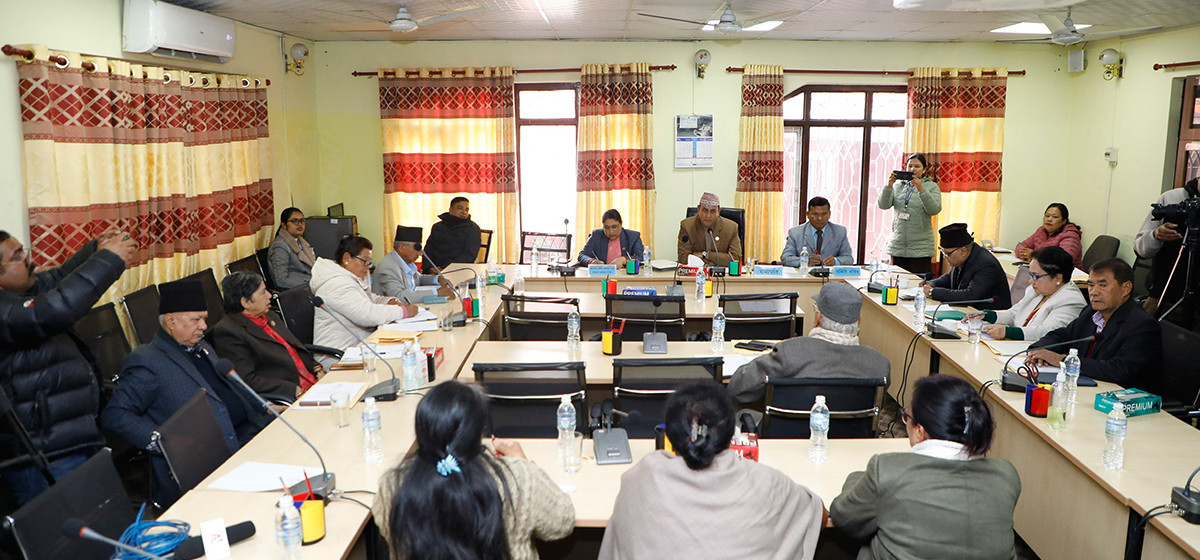
Leave A Comment